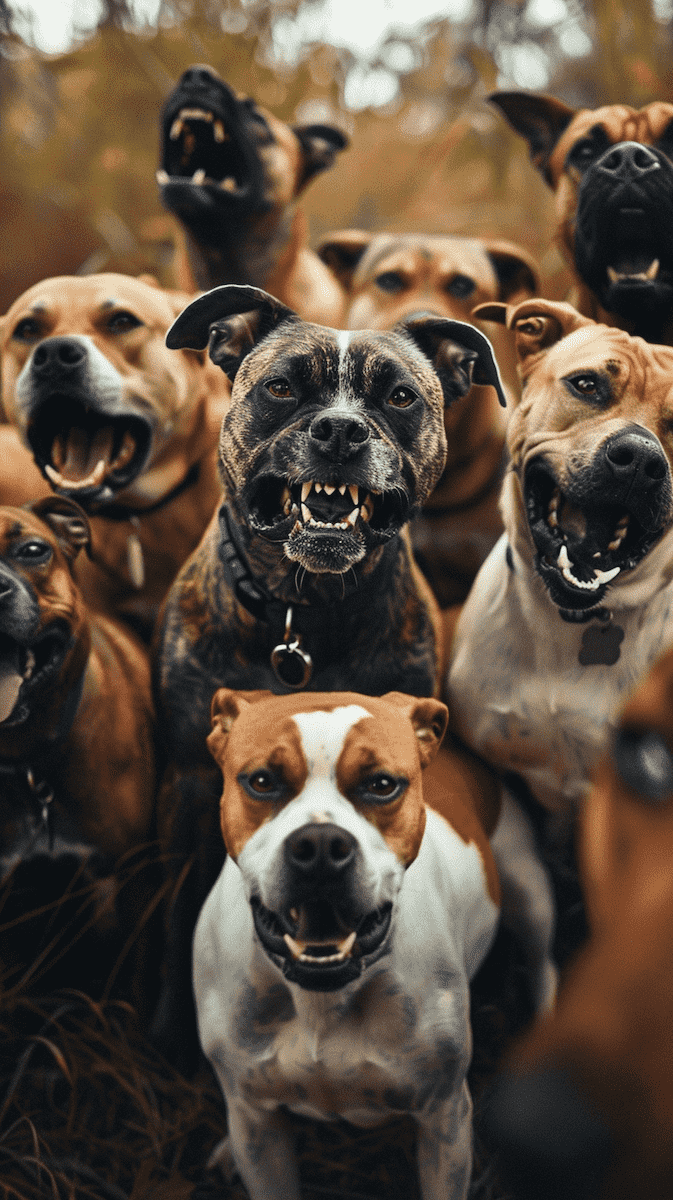Public concern about dog attacks has been on the rise, leading to a re-evaluation of legal measures concerning dangerous dogs. Dog bites are not only a public health issue but also a legal and social concern, pressing legislators to define and implement laws targeting specific breeds deemed hazardous. These laws often encompass breed-specific legislation, which zeroes in on the type of dogs historically associated with higher risk, aiming to prevent attacks and ensure public safety.
However, the identification and classification of dangerous dogs raise debates among pet owners, animal rights organizations, and lawmakers. Legislators must balance the safety of their constituents with the rights of responsible dog owners and the welfare of animals. The intricacy of dog behavior, combined with the multifaceted causes of dog aggression, means that laws must be deliberated carefully to be effective and fair. The criteria for deeming a dog “dangerous” usually involve a history of unprovoked aggression, and the legal repercussions can range from mandatory training to breed bans.
Managing risks associated with dog bites involves not just law enforcement but also community education about responsible dog ownership and dog behavior. While laws play a critical role in preventive measures, they must evolve with the latest scientific research and be complemented by community efforts to reduce the incidence of dog attacks. It is an ongoing challenge for the legal system to protect public safety while also considering the rights and welfare of dogs and their owners.
Bitten by a Dog?
Call Us Today for A Free Consultation











